If you're living with back pain, you're likely focused on stretches, posture, and maybe medication. But there's one simple, often overlooked factor that can make a real difference: hydration. Staying properly hydrated isn’t just about quenching thirst—it plays a vital role in spinal health, joint lubrication, and muscle function. This beginner-friendly guide will show you how to hydrate better with practical tips, tracking methods, and motivation cues designed specifically for those managing back pain.
Your spine relies heavily on water. The intervertebral discs—those gel-like cushions between your vertebrae—are made up of about 80% water. When you're dehydrated, these discs lose volume and elasticity, reducing their ability to absorb shock. This can lead to increased pressure on the spine, worsening back pain and stiffness.
Additionally, dehydration can cause muscle cramps and tension. Tight muscles, especially in the lower back and hips, can pull on the spine and contribute to discomfort. Proper hydration helps maintain muscle flexibility and supports efficient nutrient delivery and waste removal in tissues.
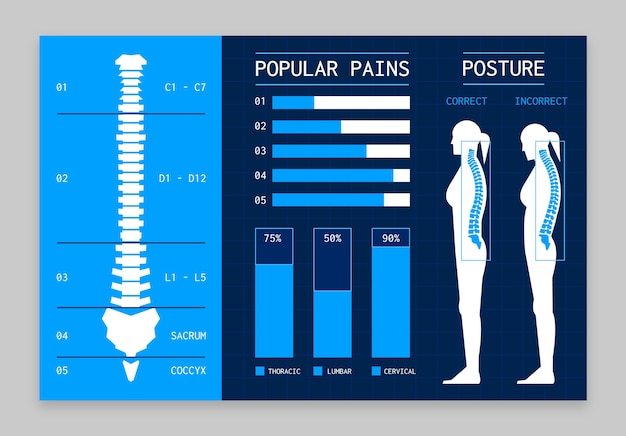
While the classic '8x8 rule' (eight 8-ounce glasses a day) is easy to remember, individual needs vary. Factors like age, activity level, climate, and health conditions—including chronic pain—affect your hydration needs.
A better approach is to listen to your body. Thirst is a signal, but it’s not always reliable—especially as we age. A more accurate indicator is urine color: aim for pale yellow. Dark yellow or amber suggests you need more fluids.
As a starting point, most adults benefit from 2 to 2.5 liters (about 8 to 10 cups) of water daily. If you're sedentary or live in a cooler climate, you may need less. If you're active, in a hot environment, or taking medications that cause fluid loss, you’ll likely need more.
Tracking helps build awareness and consistency. Try one of these easy methods:
Motivation fades, but cues can keep you on track. Try these science-backed strategies:
If back pain limits your mobility, reaching for water might feel like a chore. Make hydration easier by:
Also, remember that proper hydration supports physical therapy and gentle movement—both key to managing back pain. When your body is well-hydrated, exercises and stretches are more effective and less likely to cause strain.
Hydration is a simple, cost-free way to support your back health. While it won’t cure back pain on its own, it’s a foundational piece of overall wellness that enhances the effectiveness of other treatments. By understanding your body’s needs, using practical tracking tools, and staying motivated with smart cues, you can build a sustainable hydration habit that supports a more comfortable, mobile life.
Start small—add one extra glass today. Over time, these small changes can lead to meaningful improvements in how you feel every day.

Wellness

Wellness

Wellness

Wellness
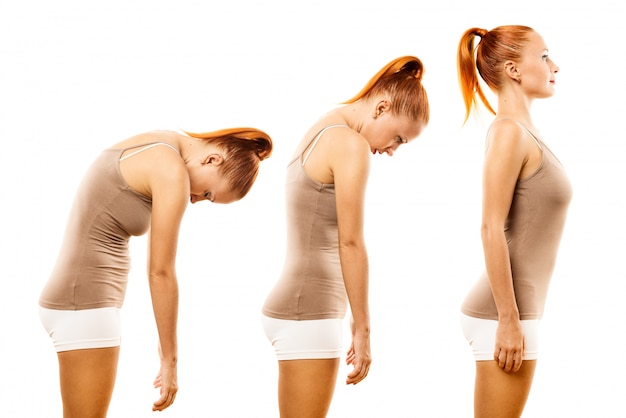
Wellness
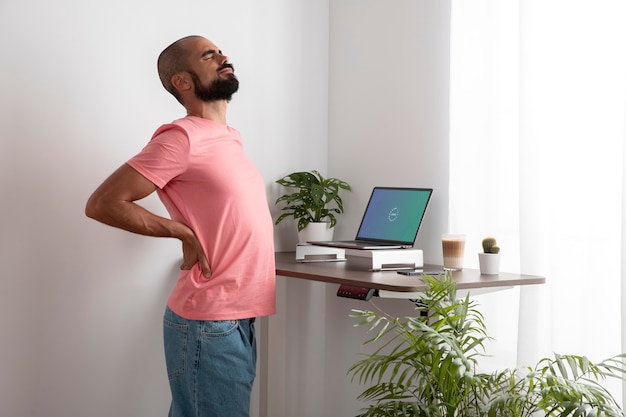
Health
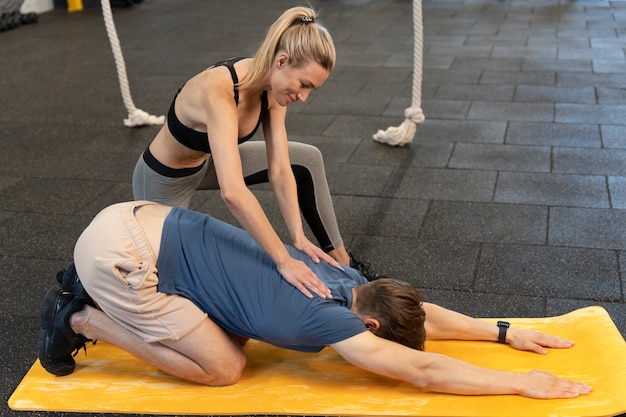
Wellness

Fitness

Fitness
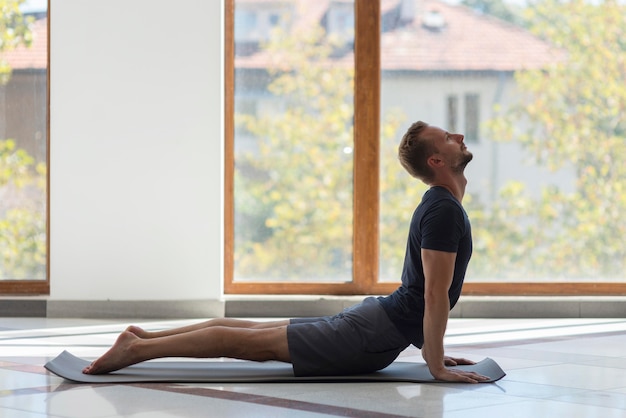
Wellness

Wellness
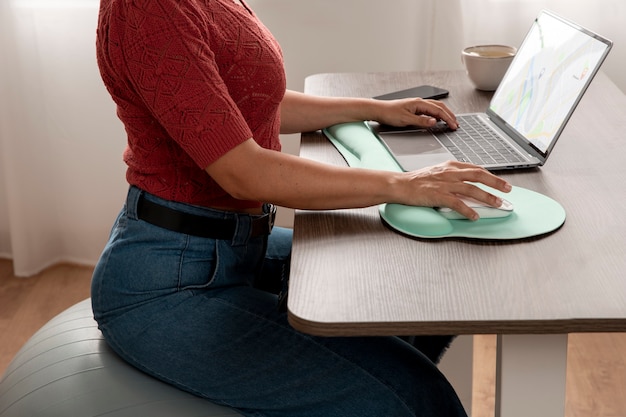
Health

Health

Fitness

Health

Health